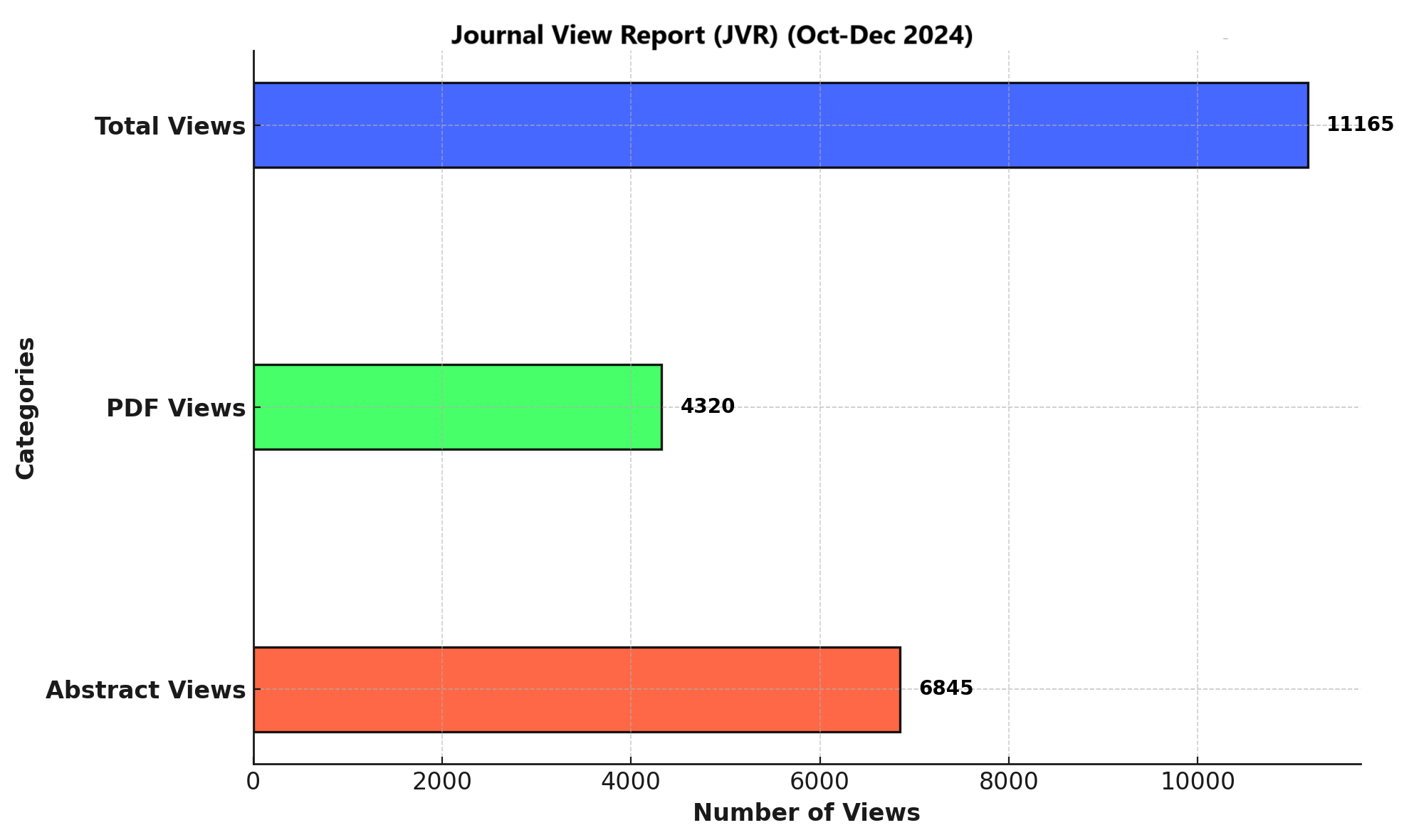PHYSICAL ACTIVITY AND SLEEP PATTERNS AS DETERMINANTS OF ACADEMIC PERFORMANCE IN SECONDARY SCHOOL TEENAGERS: A DESCRIPTIVE CROSS-SECTIONAL STUDY
DOI:
https://doi.org/10.71000/ijhr146Keywords:
Academic Performance, Adolescent, Cross-Sectional Studies, Motor Activity, Sleep, Sleep Quality, StudentsAbstract
Background: Physical health factors, notably physical activity and sleep quality, play a crucial role in adolescents' academic performance. Regular physical activity has been associated with enhanced cognitive functions, including improved concentration and memory, as well as better mood regulation. Adequate sleep, typically 8–10 hours per night for teenagers, is essential for processes such as memory consolidation and maintaining attention. Insufficient sleep and physical inactivity have been linked to diminished academic outcomes and increased absenteeism.
Objective: This study aimed to assess the levels of physical activity and sleep patterns among secondary school teenagers and to evaluate their academic performance.
Methods: A descriptive cross-sectional study was conducted among 384 students from private secondary schools in Bahawalnagar. Participants were selected using a census sampling technique. Data collection instruments included the International Physical Activity Questionnaire (IPAQ) to measure physical activity levels, the Pittsburgh Sleep Quality Index (PSQI) to assess sleep quality, and the Academic Performance Scale (APS) to evaluate academic outcomes. Descriptive statistics, including means, standard deviations, frequencies, and percentages, were calculated using SPSS version 27.
Results: Among the participants, 32.8% exhibited low to moderate levels of physical activity. Regarding sleep quality, 37.2% reported good sleep, while 60% experienced disturbed sleep patterns. Despite these physical health challenges, 65.6% of the students achieved excellent academic performance. The analysis indicated that both physical activity levels and sleep quality had a substantial impact on academic outcomes.
Conclusion: The findings suggest that a significant portion of secondary school teenagers have suboptimal physical activity levels and sleep patterns. Nonetheless, a majority attained excellent academic performance, indicating that additional factors may contribute to academic success. Interventions aimed at improving physical activity and sleep quality could potentially enhance academic outcomes.
Published
Issue
Section
License
Copyright (c) 2024 Iffat Naz, Fouzia Naz, Nafisa Bardaie , Mahreen Aslam , Mohammad Shahid Chaudhary , Mohammad Abid , Muhammad Farrukh Habib (Author)

This work is licensed under a Creative Commons Attribution-NonCommercial-NoDerivatives 4.0 International License.







